I greet you all everyone this is my first time to post in this community,and I know that you will love my post.
I have a little scale poultry that contains 100 chicks,I hope you will love to read my little experience I have gotten through the little scale farm
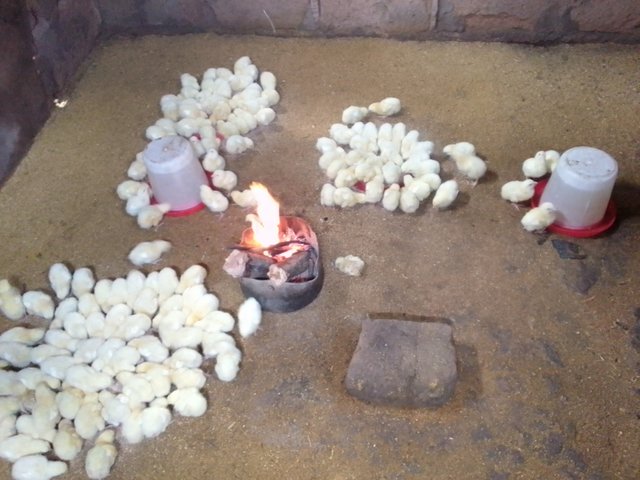
You’re probably noticing your growing chicks are very social and can provide hours of entertainment. Each day, you will get to know their unique quirks and personalities. Healthy, happy chicks will move around the brooder freely and emit soft, cheeping sounds.
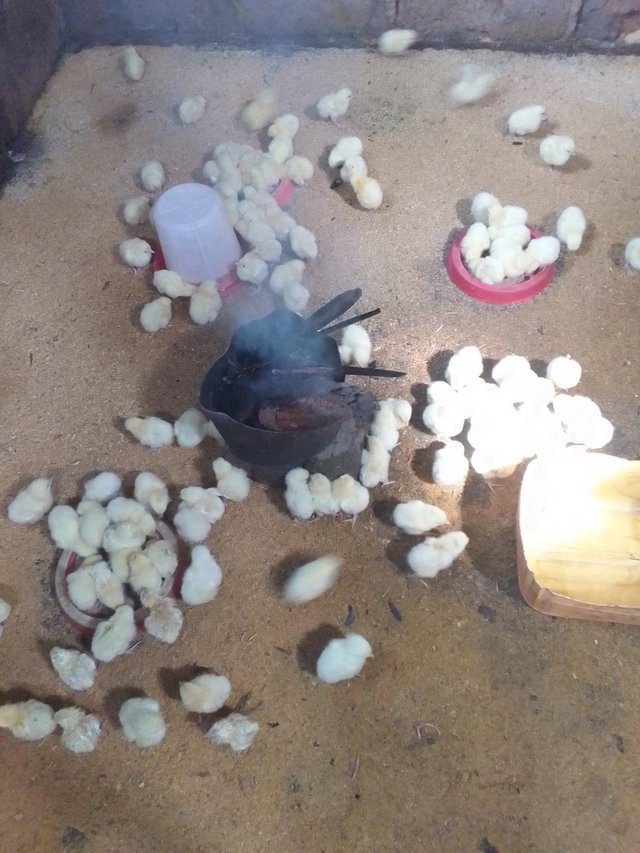
ADJUST TEMPERATURE FOR BABY CHICKS
The biggest change you’ll need to make this week is temperature. Older chicks do not need it to be quite as warm. During week one, the temperature should be 95°F. Starting at week two, lower the temperature by 5° each week until you reach a minimum of 70°F at week six. If using a radiant heater, adjust the heater height to account for the growth of the birds.
KEEP THE CHICK BROODER CLEAN
Remove any foreign material in the chick feeders and waters daily. Wash the waterers once a week with soap and water. Keep bedding dry (we recommend pine shavings) by removing wet and soiled litter each day and replacing it with clean, dry bedding.
LISTEN TO YOUR CHICKS
When everything is right, chicks will emit a soft cheeping. A chick that is stressed will have a shrill, higher pitched or very rapid cheep. Translate this as a call for help and look for the problem. Stress could be caused by chicks being too hot or cold, wet litter or they may be hungry.
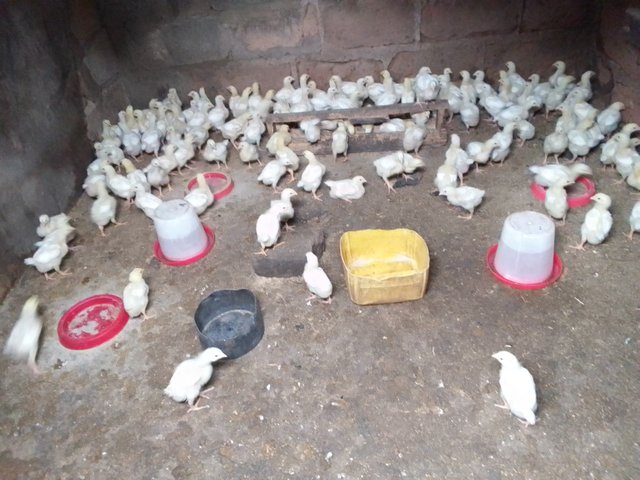
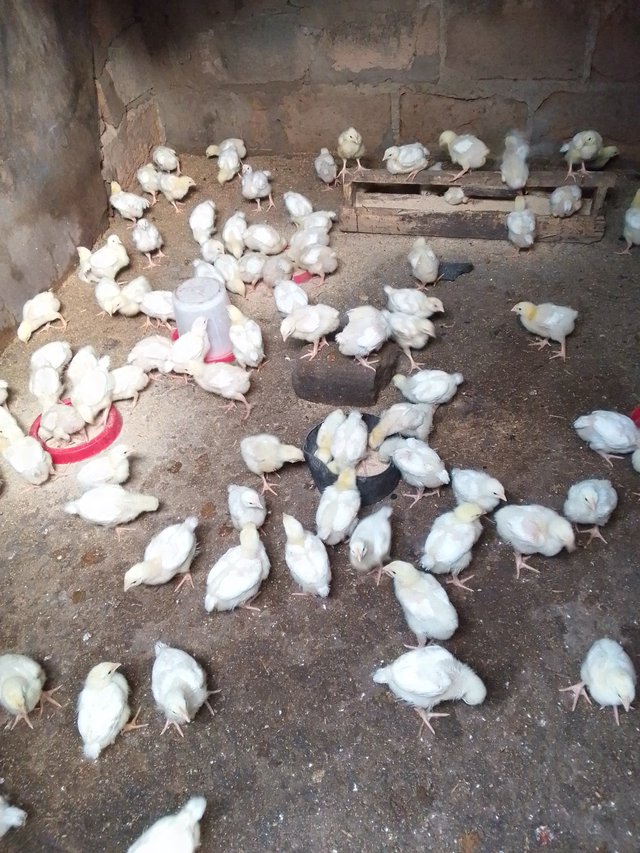
This is when they are 2 weeks of age
MORE CHICK FEEDERS AND WATERERS
After the brooder guard is taken out, move the feeders and waterers farther from the heat source. This will give chicks more space for exploring as they become more active. It can also help keep the feeders and waterers cleaner and from being heated by the heat lamp. Raise the chick feeders and waterers until they are at back height of the growing birds.
REMOVE TRAINING FEEDERS
If you haven’t done so by now, remove the training feeders. Make sure chicks always have complete Purina® starter-grower feed and water. The level of feed in the feeders can be decreased a little each week until they remain at least half full. This will help reduce the amount of feed waste.
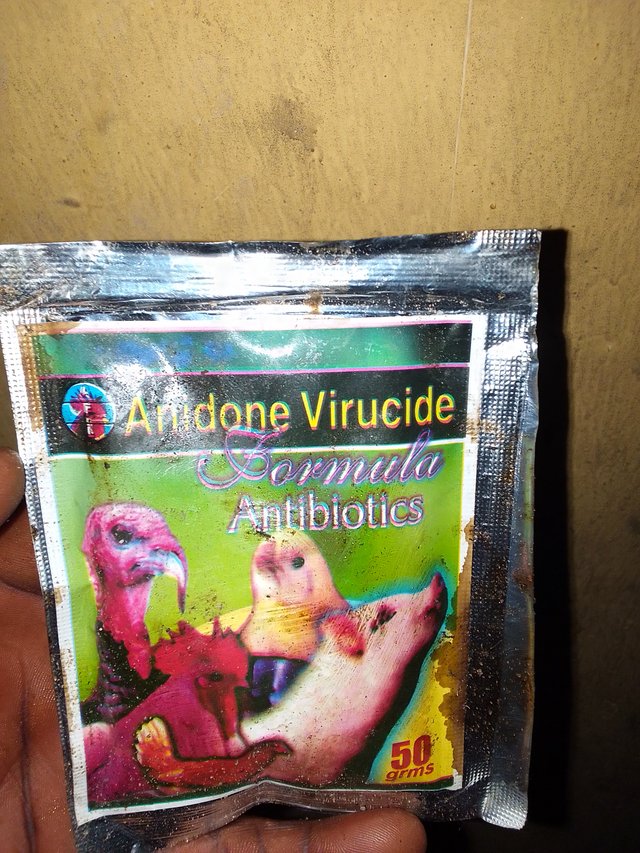
This is one of my antibiotics I do give my chicks
CONTINUE TO FEED THE SAME STARTER AND GROWER FEED YOUR CHICKS FROM WEEK ONE TO WEEK 8
For chicks vaccinated for coccidiosis: Purina® Start & Grow®
For chicks not vaccinated for coccidiosis (or unsure of vaccination status): Purina® Start & Grow® Medicated
For organic chicks: Purina® Organic starter-grower
For ducklings: Purina® Duck Feed or Purina® Flock Raiser®
For mixed flocks: Purina® Flock Raiser®
For broiler chicks: Purina® Meat Bird
These starter-grower feeds are formulated to provide all 38 unique nutrients your baby chicks need to start strong and stay strong.
Thank you everyone for reading this post,I am greatful
Nice post,I have already been planning on how to buy and rare chicks but with this your post I have gained more experience.
Downvoting a post can decrease pending rewards and make it less visible. Common reasons:
Submit
Thank you bro
Downvoting a post can decrease pending rewards and make it less visible. Common reasons:
Submit